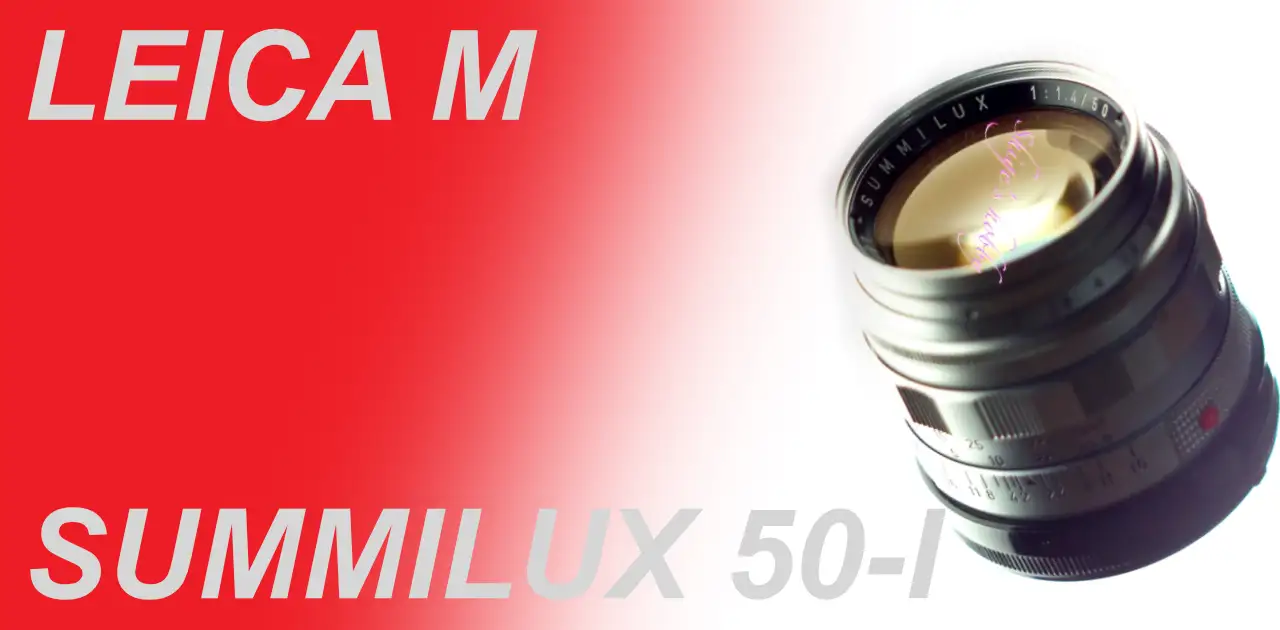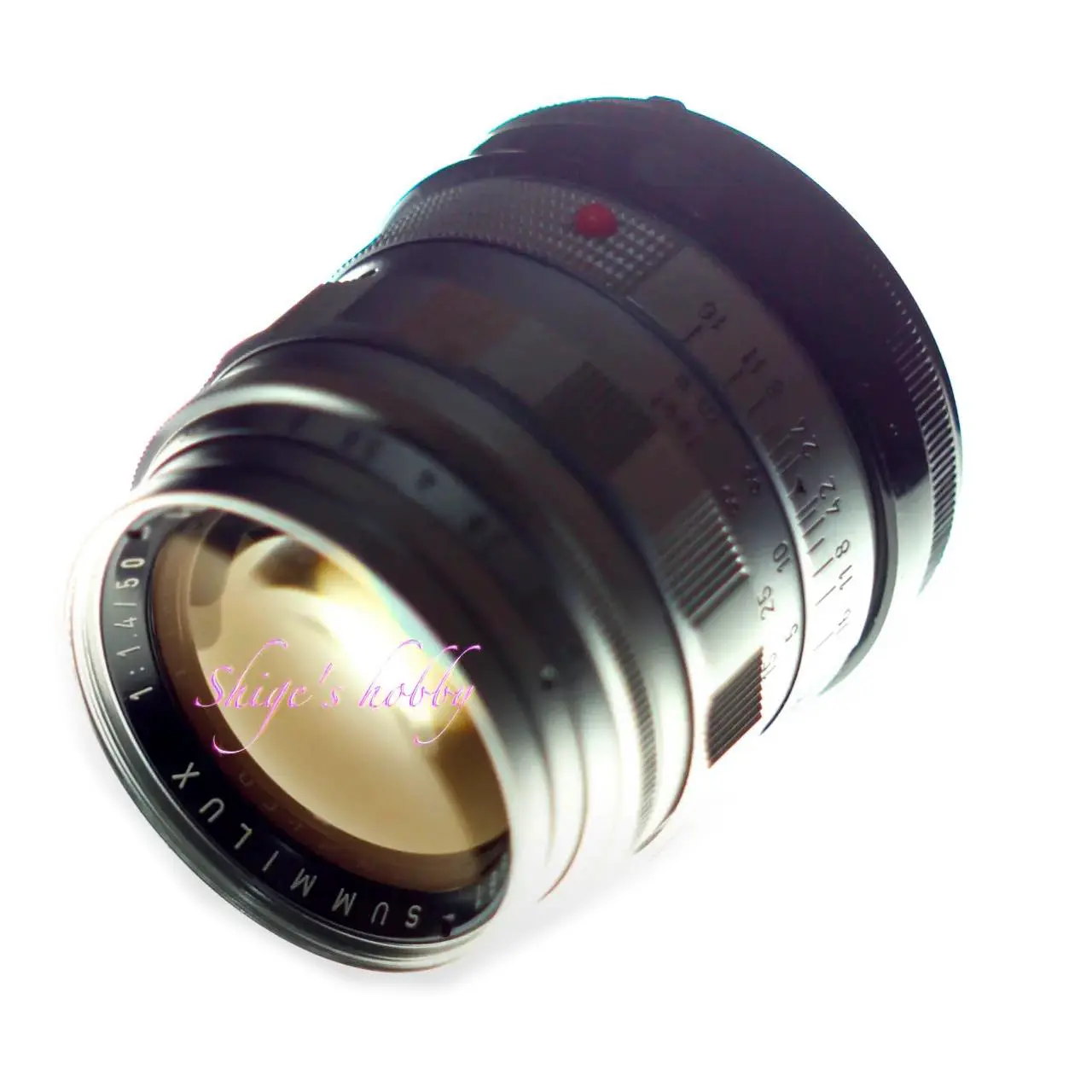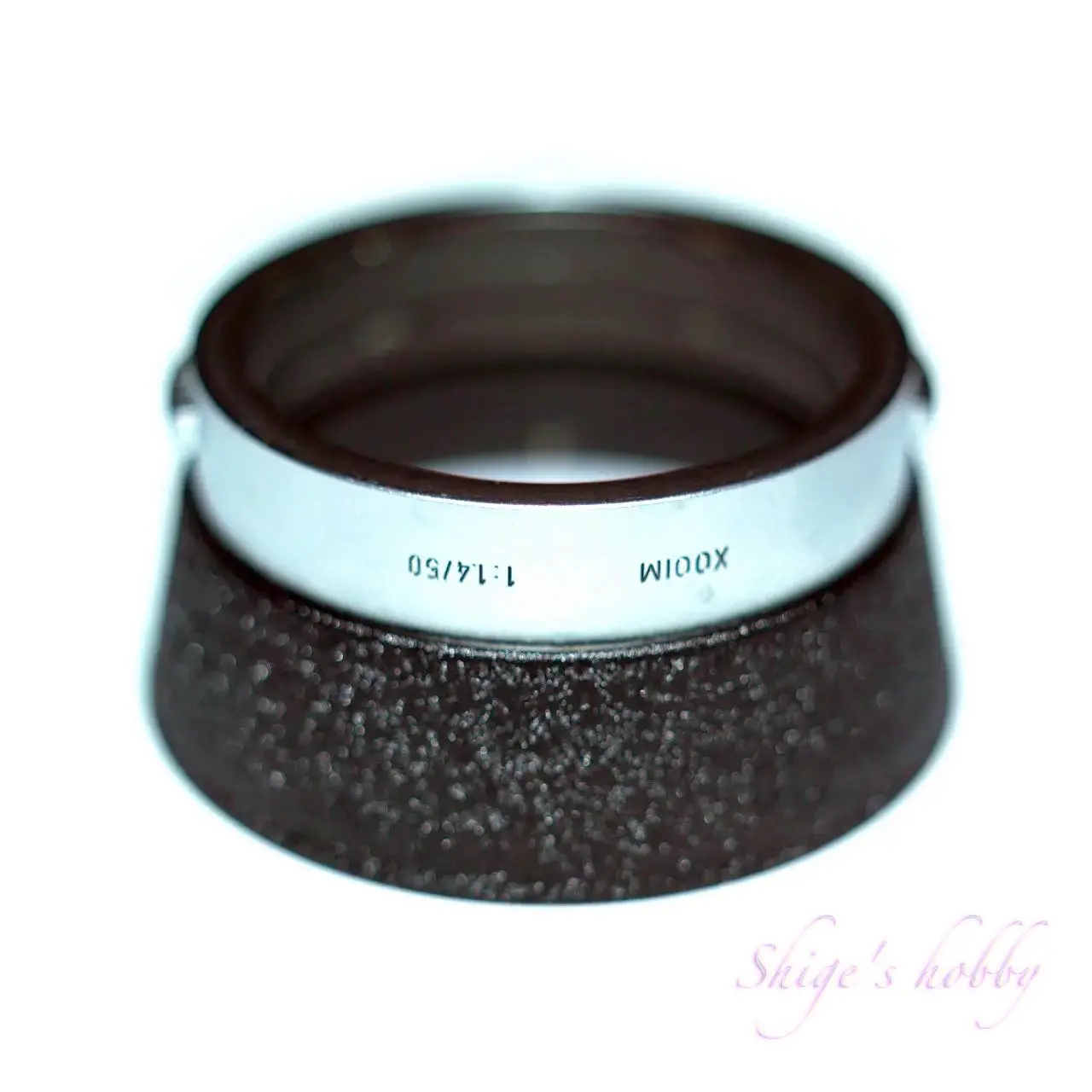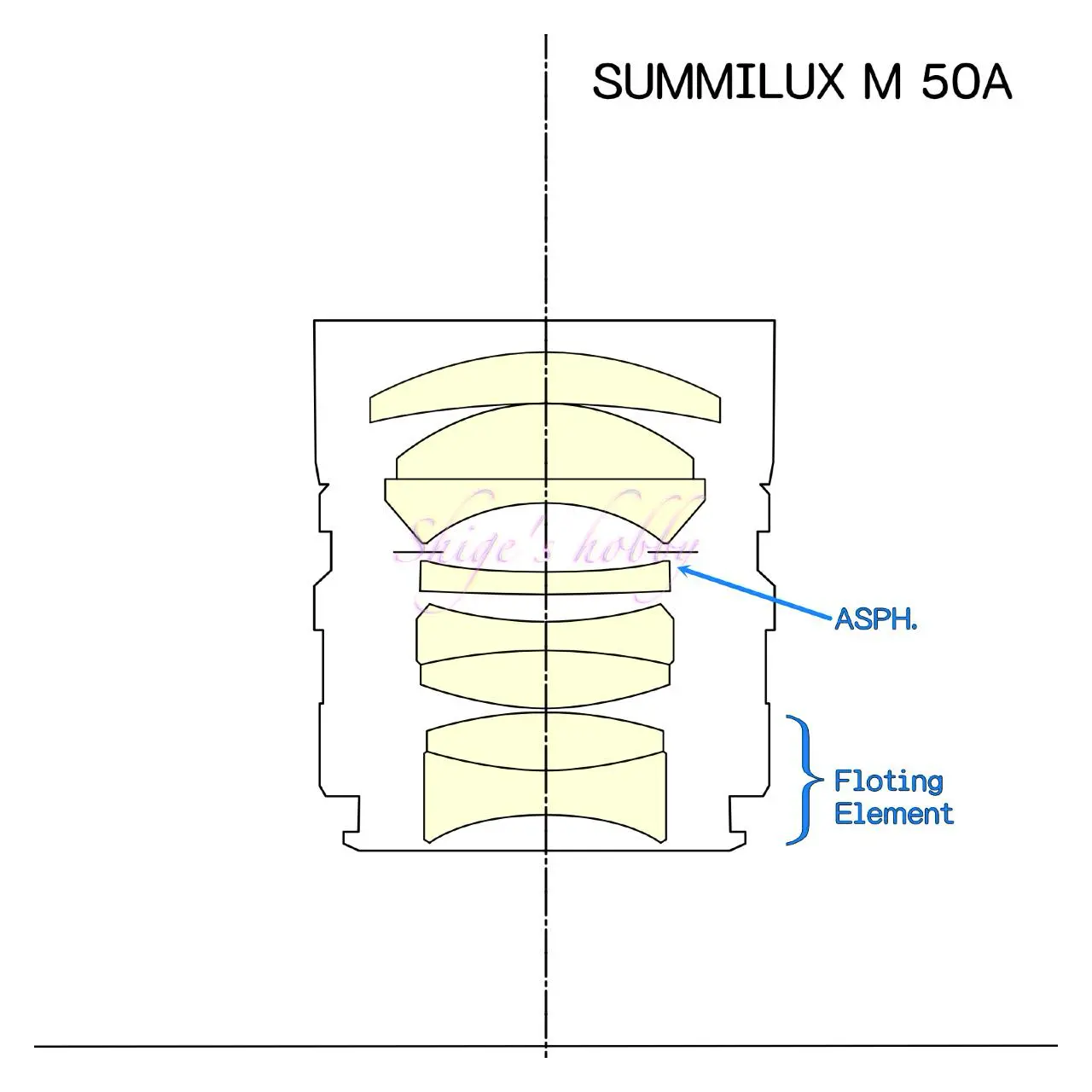White Lady SUMMILUX M 50mm 1st.

A review and Photo example of the LEICA SUMMILUX-M 50mm F1.4 1st.
Table of contents
Gallery
- The example photo was taken using a LEICA M6 +KODAK E100VS +NIKON COOLSCAN-V
Review


1.Overview
The first Summilux M 50mm is a bright standard lens made from 1958 to 1960, and the classification of lenses varies from person to person. Here, following the notation of the LEICA Wiki, silver is the first generation, black is the second generation, hood built-in is the third generation, and aspherical is the fourth generation.
The first Summilux cannot be officially modified to add a 6-bit code for lens recognition used in digital M-type Leicas because the mount shape is old.
The number of aperture blades is 16. The filter diameter is 43 mm, so filters with standard screw diameters can be attached.
Lens hoods that can be used are XOOIM (12521) and 12586. XOOIM (12521) has a trumpet-shaped hood with a crepe-finished surface, and the name 12521 is another way of writing XOOIM. 12586 is a hood with slits that is usually sold together with the second-generation Summilux, but can also be fitted to the first-generation Summilux.
2.Usability
I first encountered the Summilux-M 50mm at a camera shop in Kyoto, where I had a LEICA M6 and a KODAK DSC SLR Pro/n. It was inexpensive, but the helicoid was smooth and there were no problems with focusing, so I fell in love with its appearance and bought it.
As for the image, you can enjoy soft depictions even with digital, but considering the age of the lens, it is best enjoyed with film. The colors are particularly good when viewing slides taken with reversal film, which has good color development, on a light box or slide projector.
When I used it in conjunction with a digital SLR in Kyoto at night, I felt the advantage of a rangefinder camera in the overwhelming ease of focusing. With a SLR camera, it takes some getting used to knowing the focus position in a dark place, but with a rangefinder camera, it is easy to know if the image is misaligned when you can see the square focus adjustment mark.
The minimum shooting distance is 1m, which is the value from the time of the Barnack Leica, so you cannot get close. With a mirrorless camera, it is possible to compensate with an auxiliary helicoid, but I would like to enjoy shooting with the restriction of 1m from infinity.
Any standard 43mm filter can be attached to the 43mm filter to protect the lens, and we recommend the E43 thin filter released by Leica and UN, which has no threads on the front.
With the XOOIM hood attached, it looks as glamorous as a skirt, and without the hood it looks stylish and smart like a pants style.
3.Summary
In conclusion, to summarise the SUMMILUX 50mm 1st, it is a lens suited to use with film cameras, and does not have the sharp resolution of modern lenses. Instead, you can enjoy the soft depiction at full aperture.
The minimum shooting distance is 1m, so you need to be aware of this restriction and be creative in your photography to avoid monotony.
Specification and Competitor


The first-generation Summilux with a silver barrel has several variations with slight design differences.
The knurled part of the focus ring and the dimpled pattern at the base of the lens have a beauty reminiscent of a work of art, contrasting with the rugged, industrial look of the successor Summilux lens with a black barrel.
The first to third generations all have roughly the same lens construction, although there are differences in the coating.
The third generation saw improvements to the lens performance, with a built-in lens hood in terms of design and a shorter minimum focusing distance of 0.7m in terms of performance.
The fourth generation saw the adoption of aspherical lenses, resulting in a major change in lens construction.
| Items | 1st SUMMILUX | 3rd SUMMILUX | SUMMILUX ASPH. |
| Local length(mm) | 50 | ← | ← |
| Max aperture | 1.4 | ← | ← |
| Min aperture | 16 | ← | ← |
| Leaf blade | 12 | 12 | 9 |
| Lens Construction | 7elements in 5group | ← | 8elements in 5group |
| Min distance(m) | 1.0 | 0.7 | 0.7 |
| Lens length(mm) | 52 | 55 | 52.5 |
| Lens Max diameter(mm) | 53 | 50 | 53.5 |
| Filter Size(mm) | E43 | E46 | E46 |
| Lens hood | XOOIM(12521) 12586 | Include | ← |
| Aspherical lens | – | – | Use |
| Weight(g) | 360 | 380(Silver,Titan) 275(Black) | 460(Chrome) 335(Black) |
| Production numbers | 19,600 * | 18,132 * | – |
| Release date | 1958 | 1992 | 2006 |
Reference links
Update history
- 2024.11.2
- 2024.03.24
- 2023.06.13
Leave a Reply